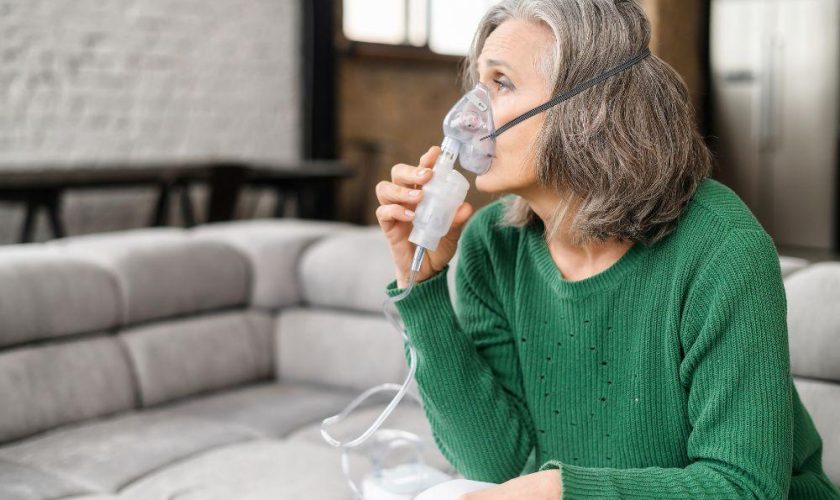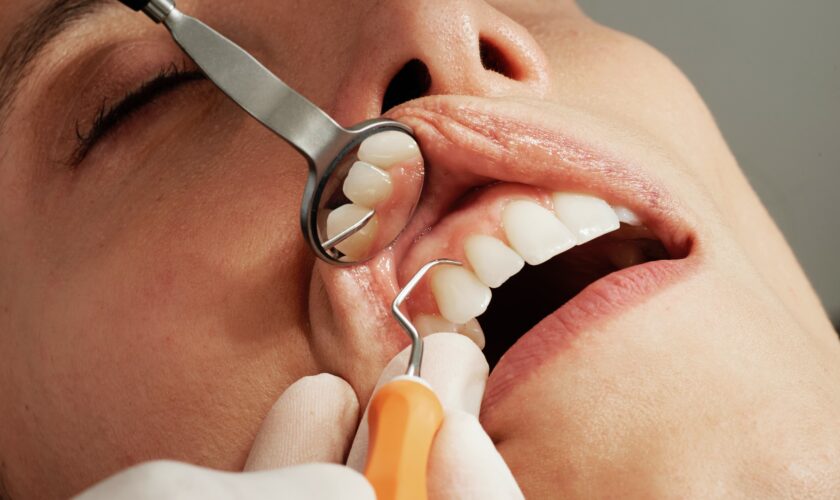Wound healing is a complex biological process that requires optimal conditions to proceed effectively. When a wound becomes chronic or fails to heal properly, it often indicates that the local environment is lacking essential components. One important element in the healing process is oxygen, which plays a central role in tissue repair and immune defense.
What is Oxygen Therapy
The Vaporox system is one example of oxygen therapy in wound care, which involves the use of concentrated oxygen to stimulate healing in slow-healing or non-healing wounds. This therapy can be administered in several forms, such as hyperbaric oxygen chambers, topical oxygen application, or combination systems that pair oxygen with other technologies. These approaches aim to improve the wound environment and support the body’s natural healing processes.
Why Wounds Need Oxygen
Oxygen is essential to nearly every stage of the wound healing process. It supports energy production in cells, which is necessary for rebuilding tissue and mounting immune responses. It also facilitates collagen synthesis, which gives structure to new skin and connective tissue.
Adequate oxygen levels help fight off infection by enhancing the effectiveness of white blood cells. These cells rely on oxygen to kill bacteria and clear debris from the wound site. Without sufficient oxygen, wounds may become infected or stall in the inflammatory phase.
Oxygen is also necessary for angiogenesis and the formation of new blood vessels. These vessels bring nutrients and more oxygen to the damaged area, creating a self-sustaining cycle of improved circulation and faster healing. When blood flow is compromised, external oxygen therapy can help compensate and support the process.
How Oxygen Enhances Healing
Increasing the oxygen concentration around a wound stimulates cellular activity and tissue regeneration. High oxygen levels enhance fibroblast function, which is critical for producing the building blocks of skin and other connective tissues. Oxygen also encourages keratinocyte migration, helping to close the wound from the edges inward.
Oxygen therapy can significantly reduce the bacterial load in a wound, improving the chances of healing and reducing complications. By strengthening the local immune response, oxygen helps create a more sterile and stable healing environment. This makes it especially valuable in treating wounds that are prone to infection, such as diabetic foot ulcers.
Furthermore, oxygen enhances mitochondrial activity in cells, which boosts the energy available for healing. This energy is needed for cell division, protein synthesis, and the removal of damaged tissue. With more oxygen, these cellular processes can function at their highest capacity.
Clinical Applications of Oxygen Therapy
Oxygen therapy is used to treat a variety of chronic wounds, including diabetic ulcers, venous leg ulcers, pressure sores, and post-surgical wounds that fail to close. It is particularly effective when traditional wound care methods such as dressings and debridement are no longer sufficient. Oxygen therapy helps re-engage the healing process by improving the local tissue environment.
In clinical settings, this therapy can be used as a standalone treatment or in combination with other modalities. Many wound care specialists use oxygen therapy alongside debridement, antibiotics, and compression to address multiple barriers to healing. Its flexibility and minimal invasiveness make it a valuable addition to a comprehensive wound care plan.
Patients undergoing oxygen therapy often report reduced pain, improved wound appearance, and faster healing times. Though individual results vary, the consistent element across cases is the role oxygen plays in enabling the body to do what it is naturally designed to do: repair and restore damaged tissue.
Innovations in Oxygen Delivery for Wound Care
With advances in medical technology, oxygen delivery systems are becoming more precise, portable, and effective. Newer models allow for better control of oxygen concentration, treatment duration, and the incorporation of complementary technologies. These innovations increase access to care and offer more options for patients who are unable to undergo more intensive interventions.
In the coming years, oxygen therapy is likely to play an even greater role in managing complex wounds. As systems like the Vaporox system demonstrate success in clinical settings, providers are gaining more confidence in using these technologies. For patients with difficult-to-heal wounds, oxygen therapy offers renewed hope for recovery and improved quality of life.













